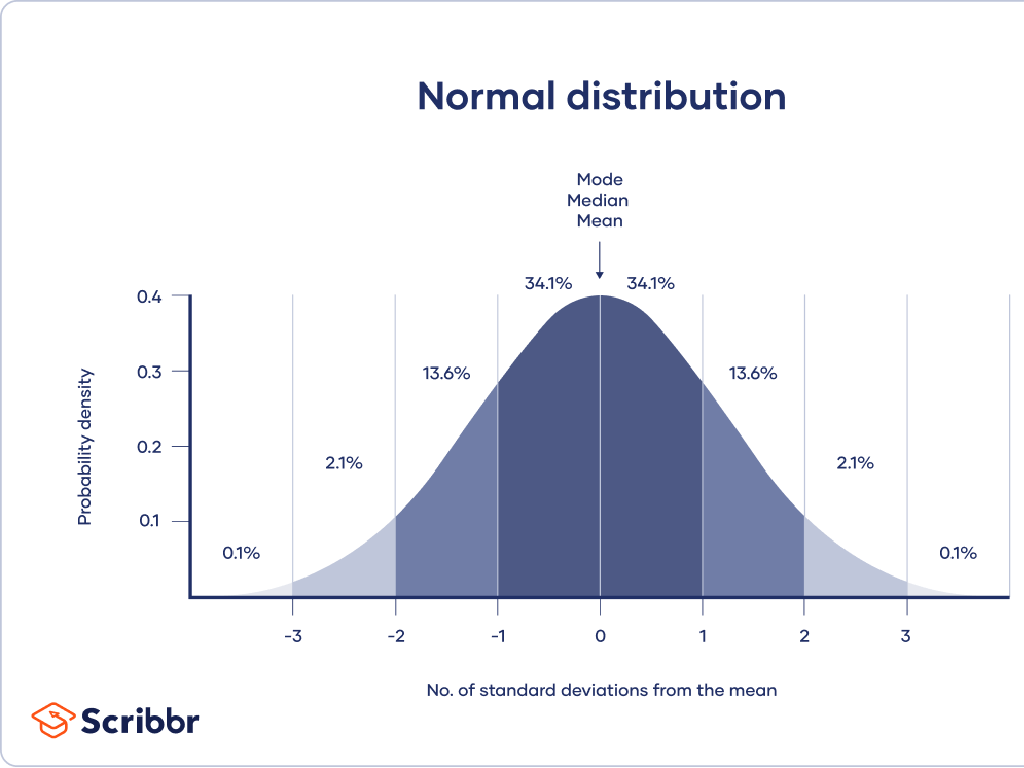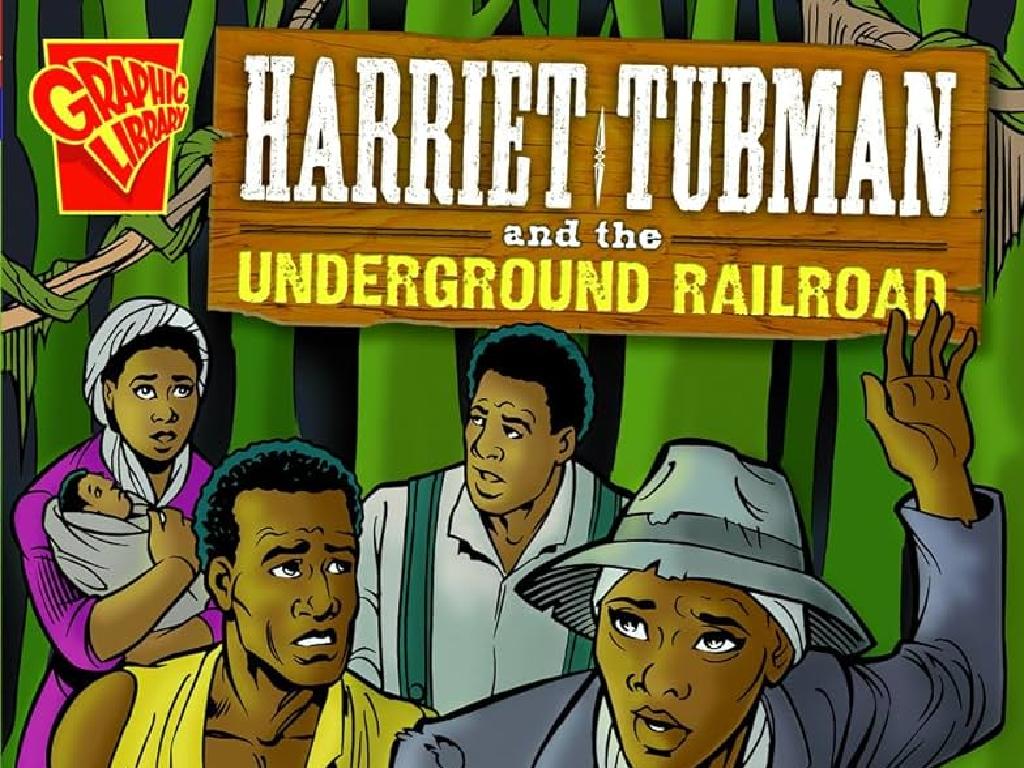Frequently Confused Letters: Find All The Letters
Subject: Language arts
Grade: Pre-k
Topic: Letter Identification
Please LOG IN to download the presentation. Access is available to registered users only.
View More Content
Welcome to Letter Land!
– Greetings, little learners!
– Today’s game: Letter Hunt
– We’ll look for letters that often get mixed up.
– Spot the tricky letters
– Letters like ‘b’ and ‘d’ can be confusing.
– Let’s find them together!
|
This slide is designed to engage Pre-k students in a fun and interactive letter identification game. Start the class with a warm welcome to set a friendly tone. Explain that the day’s activity is a game where they will search for letters that are often confused with one another, such as ‘b’ and ‘d’, or ‘m’ and ‘n’. Encourage the students to participate actively by asking them to point out when they see these letters in the classroom, in books, or on the slide. The goal is to help them recognize and differentiate between commonly confused letters in a playful and supportive environment. For the activity, prepare several examples where these letters are used in simple, familiar words, and have the students identify the letters within those words.
Meet the Letters!
– Letters look different
– Some letters are look-alikes
– b and d, p and q can be tricky
– Meet commonly confused letters
– We’ll explore letters like b, d, p, q
– Practice telling them apart
– We’ll play games to learn the differences
|
This slide introduces the concept that while all letters have unique shapes, some can be easily confused with others due to their similarities. Emphasize to the students that it’s okay to mix them up and that with practice, they’ll be able to tell them apart. Focus on pairs like ‘b’ and ‘d’ or ‘p’ and ‘q’, which are often mixed up by early learners. Use visual aids and engaging activities such as letter matching games or tracing exercises to reinforce the differences. Encourage the children to look for these letters in their favorite books or classroom materials and to practice writing them with correct orientation.
The Letter B and D: Spot the Difference!
– B and D can be tricky
– B has a big belly in front
– B looks like a boy with a big belly sticking out
– D wears a diaper in the back
– D looks like it has a diaper on its round bottom
– Practice telling them apart
|
This slide is designed to help Pre-K students differentiate between the letters B and D, which are often confused. Emphasize the visual differences by comparing the shapes of the letters to familiar objects: B has a ‘big belly’ in front, and D ‘wears a diaper’ in the back. Encourage students to draw the letters in the air with their fingers, focusing on the starting point and shape of each letter. Provide practice worksheets where students circle all the Bs and Ds they can find and use coloring activities to reinforce the distinction. During the next class, review the letters by asking students to identify objects in the classroom that start with B and D.
The Letter P and Q: Spot the Difference!
– P and Q: Letter Pranksters
– P’s straight line and loop
– P looks like a stick with a circle on top
– Q’s tail that goes under
– Q is like an O with a tail that dips down
– Practice distinguishing P and Q
|
This slide introduces the letters P and Q, which are often confused by young learners. Emphasize the unique features of each letter: P has a straight vertical line with a loop at the top, while Q has a circular body with a tail that extends downwards. Use visual aids like pictures or letter blocks to show these differences clearly. Encourage students to practice writing the letters and to find them in their favorite books or classroom signs. Provide worksheets with both letters for students to circle the correct one when given a word. This will help them visually and physically reinforce the differences between P and Q.
Can You Spot the Difference?
– Play a game to spot B, D, P, Q
– Find and match letters together
– We’ll look at each letter and see how they differ
– Get ready for a letter hunt
– Learn to tell tricky letters apart
– Practice makes perfect in distinguishing B, D, P, Q
|
This slide introduces a playful activity designed for Pre-K students to help them differentiate between commonly confused letters such as B, D, P, and Q. The game will involve finding and matching these letters, which will be scattered around the classroom or on a worksheet. The teacher should prepare materials with these letters in various fonts and orientations to help children recognize them in different contexts. Encourage the students to say the letter out loud when they find it to reinforce their learning. The goal is to make this a fun and interactive experience that will aid in their letter identification skills. Be patient and offer positive reinforcement as they learn to tell these tricky letters apart.
Letter Hunt Time!
– Let’s go on a letter hunt!
– Spot all the Bs and Ds
– Look for round shapes for Bs and straight lines for Ds
– Can you find Ps and Qs?
– Ps have a loop, Qs have a tail
– Share the letters you find!
|
This activity is designed to help Pre-k students distinguish between commonly confused letters. Encourage the children to look for specific characteristics of each letter to tell them apart. For Bs, they should look for the round belly. For Ds, they should notice the straight back. Ps have a loop at the top, and Qs have a little tail. Make this a fun scavenger hunt by hiding letter cards around the room or using books and signs. You can also have letter-shaped snacks as a fun way to reinforce the lesson. This will help students with letter recognition in a playful and engaging way.
Letter Twins Matching Game
– Match letters with their twins
– Draw a line to connect matches
– Use clues to find letter pairs
– Clues like shapes and sounds help
– Have fun while learning
|
This activity is designed to help Pre-k students recognize and differentiate between letters that are often confused with one another. Provide students with a worksheet that has pairs of similar-looking letters, such as ‘b’ and ‘d’, ‘m’ and ‘n’, or ‘p’ and ‘q’. Encourage them to draw lines connecting each letter to its ‘twin’. Offer clues about the shape and sound of each letter to aid in matching. For example, ‘b’ has a big belly, and ‘d’ has a tall back. This interactive game not only reinforces letter identification but also enhances fine motor skills. Prepare to assist students who may struggle and praise successful matches to build confidence.
Letter Craft Time!
– Create B, D, P, Q with crafts
– Use colors to make them unique
– Pick your favorite colors for each letter
– Shape each letter differently
– B and D are round, P and Q have tails
– Show and tell with friends
|
This activity is designed to help Pre-k students distinguish between commonly confused letters by engaging in a hands-on craft. Provide a variety of craft materials such as colored paper, glitter, pom-poms, and yarn. Encourage creativity in using colors and shapes to make each letter stand out. For example, B could be blue with buttons, D might be decorated with dots, P could be pink with a pattern, and Q might have a quirky tail. After crafting, organize a show and tell session where students can proudly display their artwork and practice identifying each letter. This reinforces their understanding and provides a fun way to learn letter shapes.
Sing the Letter Song
– Sing to remember B, D, P, Q
– Join in the letter dance moves
– Music makes memory fun
– Melodies can help us recall shapes and sounds
– Practice with our letter friends
– We’ll focus on letters that look alike but sound different
|
This slide is designed to engage Pre-k students in a musical activity that aids in distinguishing between commonly confused letters such as B, D, P, and Q. The Letter Song is a fun and interactive way to help students remember the differences in appearance and sound of these letters. Encourage the children to sing along and perform the corresponding dance moves, which will help with kinesthetic learning. The repetition of the song and movements will reinforce their ability to identify each letter correctly. Prepare to demonstrate the dance moves and have a few practice rounds to ensure that the students are comfortable and enjoying the activity. The goal is to create a memorable learning experience that they can revisit outside of the classroom.
Class Activity: Letter Bingo
– Play Bingo with B, D, P, Q
– Place a marker on the called letter
– Shout ‘Bingo!’ for a full row
– Have fun identifying letters
A game to distinguish between commonly confused letters
|
This activity is designed to help Pre-k students recognize and differentiate between the letters B, D, P, and Q, which are often confused due to their similar shapes. Set up a Bingo game with cards that have these letters in various positions. As you call out each letter, students will place a marker on the corresponding letter on their Bingo card. The first student to have a complete row of markers and shouts ‘Bingo!’ wins. This game encourages visual discrimination skills and letter identification in a fun, interactive way. Possible variations of the activity could include using different letters, having students call out the letters, or playing until the entire card is filled. Remember to praise the students for their participation and to use this opportunity to reinforce the correct pronunciation and sound of each letter.
Goodbye Letter Land!
– Celebrate becoming a Letter Detective
– Praise for finding tricky letters
– Encouragement to practice at home
– Try finding letters in your favorite book or on signs
– A cheerful goodbye until next time
|
This slide is meant to conclude the lesson on identifying frequently confused letters. It’s a celebration of the students’ achievements in becoming ‘Letter Detectives.’ Make sure to praise their efforts in finding all the tricky letters during the class. Encourage them to continue practicing at home by looking for letters in their favorite books or even on signs they see around them. This will help reinforce their learning and make letter identification a fun part of their daily life. End the class on a positive note, letting them know you’re proud of their hard work and looking forward to seeing them continue to grow as readers and writers.






